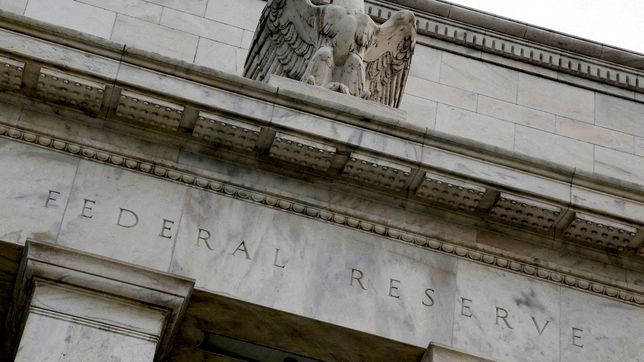
Earlier this week, Federal Reserve Governor Christopher J. Waller described the current state of the economy from the central bank’s perspective, arguing that rapidly increasing wages were to blame for persistent inflation.
In January, the US economy added over half a million jobs, far exceeding expectations. Inflation rose by 0.5 percent, well above the bank’s targets, which tries to keep average price increases below two percent a year.
Governor Waller explained the central bank’s emerging view that “wages are growing faster than they have in decades […], a pace that may contribute to keeping inflation elevated.”
Adding that across service sectors, where the worker shortages “are reportedly most acute,” firms see labor costs begin to represent a “higher share of overall input cost.”
The wage-price spiral explained
A wage-price spiral represents a situation where labor, because of their organized power or general economic conditions, are able to demand higher wages. The pandemic ripped millions from the workforce, and some companies are still trying to attract workers…higher pay is one tool to do so. In response to higher wages being paid to workers, companies may increase prices, reducing the purchasing power of one’s paycheck and allowing companies to pocket that reduction. If workers are able to exert their power again and demand higher incomes, and companies increase prices, the economy enters a wage-price spiral. The Federal Reserve has made it clear that rising wages and inflation, which are symptoms of the spiral, were not a result of the phenomena.
In mid-January, weeks before the half-a-million jobs figure was announced, Federal Reserve Vice Chair Lael Brainard said, “despite constrained supply, wages do not appear to be driving inflation in a 1970s-style wage–price spiral.”
Vice Chair Brainard added that while “wages have grown faster than the pace consistent with 2 percent inflation and productivity growth,” they “have grown slower than inflation over the past two years, and that aggregate real wages have fallen.”
The price-price spiral…
What the Federal Reserve calls a “price-price spiral,” some, like the media outlet More Perfect Union, view as price gouging.
“Retail markups in a number of sectors have seen material increases in what could be described as a price–price spiral, whereby final prices have risen by more than the increases in input prices,” said Brainard. In other words, the rate at which consumer prices are increasing does not align with the costs it takes to produce, transport, and sell those products (i.e., even greater profits are being made on the backs of consumers).
Governor Waller’s comments are interesting because they do not say explicitly that labor costs have grown to a point where the viability of businesses is at risk. If labor costs became so large that the total, or that combined with other production costs, exceeded the revanue generated, then an argument could be made that the economy is not structurally sound.
However, that is not the situation the US economy finds itself in. In January, consumer spending grew, and aggregate demand remained high. Still, the impacts on income inequality could be devastating. While aggregate demand is increasing, the Bureau of Economic Analysis does not report on which economic groups see increases and decreases in spending.
The risk of prices elevating at a high rate
Lastly, officials from the Federal Reserve have made it clear that they expect their intervention to raise rates to slow wage increases which “should help continue to moderate food inflation over the next few years.”
What remains unclear is whether the Fed hopes to see prices stabilize at these high levels, where household saving has fallen under four percent, or whether these actions will actually bring prices back down.






